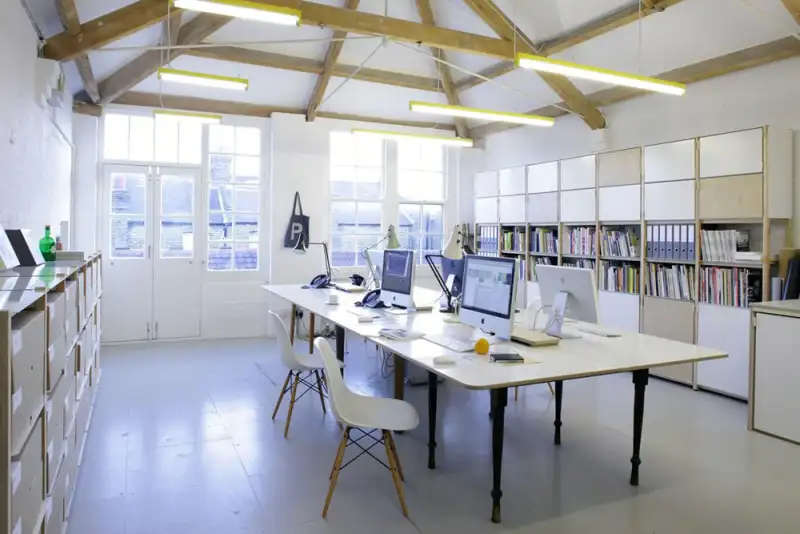Event 1: A certain giant company L has a meeting, and the product boss C takes the lead to speak: “I think, users will not like this design, they…”. I believe this is not the first time I have listened to this kind of speech in the work history of every designer.
One-dimensional designer: Design the interface as soon as the project comes, and then repeatedly discuss whether the color of the icon is good-looking.
Two-dimensional designer: When the project comes to know the needs of customers and users, start the information architecture design, but always modify it.
Three-dimensional designer: Can know how to spend a certain amount of time preparing to find the needs of the product, and then rationally structure and design the information according to the needs.
Four-dimensional designer: On the basis of being able to achieve perfect three-dimensionality, be able to understand the product and the market, be able to understand the existing market, how the product breaks through, be able to understand how to add demand during the birth, development, and climax of the product, and be able to understand that design is just the whole Part of the ecological environment, no need to add functional requirements, appropriate design.
Five-dimensional designer: I think… (haha, it’s pure ridicule, in the future you can also ridicule that the boss is a five-dimensional creature)
Then this internal design conference started, developed, and ended with a variety of “what I think”. In the end, female designers in their 30s did not believe that many 20-year-old girls would take selfies with their mobile phones dozens of times. Use your mobile phone to record and remind yourself of your daily life. “I think so.” The boss doesn’t even believe that users will reply to short messages while watching videos on the way to work, because she is a car to work…
Event 2 : The product is a lightweight product. It is clear that the core function can well meet the needs of users. However, after repeated scrutiny by product managers and bosses, the product gradually changed from one core function to three core functions. Everyone knows that there are more functions, and users may not pay the bill, but looking at various data and reports every day is a creative idea such as a diabetes collapse. I can’t help but want to add…
Don’t be a designer on a chair, just get down and walk around.
Many times, after working alone for a long time, it is difficult not to be affected by the environment, including myself.
Often we work in a comfortable chair, suitable lighting, dual-screen computers, large desks, and basic settings. Then we design mobile client products.
However, the real scenes are diverse. The user may be in outdoor sunlight or in a dimly lit KTV, or carrying a large bag or even a child in his hand. In short, various harsh conditions may exist.
The designer may have a certain understanding of this, but it will inevitably be affected because of the long-term design in a comfortable state. Therefore, we see that many mobile products are more and more complex in operation, and more and more cumbersome in functions. This cannot but say that there is a certain relationship between the designer’s confusion of the design environment and the use environment. But because we design under comfortable conditions for a long time, it is inevitable that users will subconsciously perceive that users are also using our products under the same conditions.

